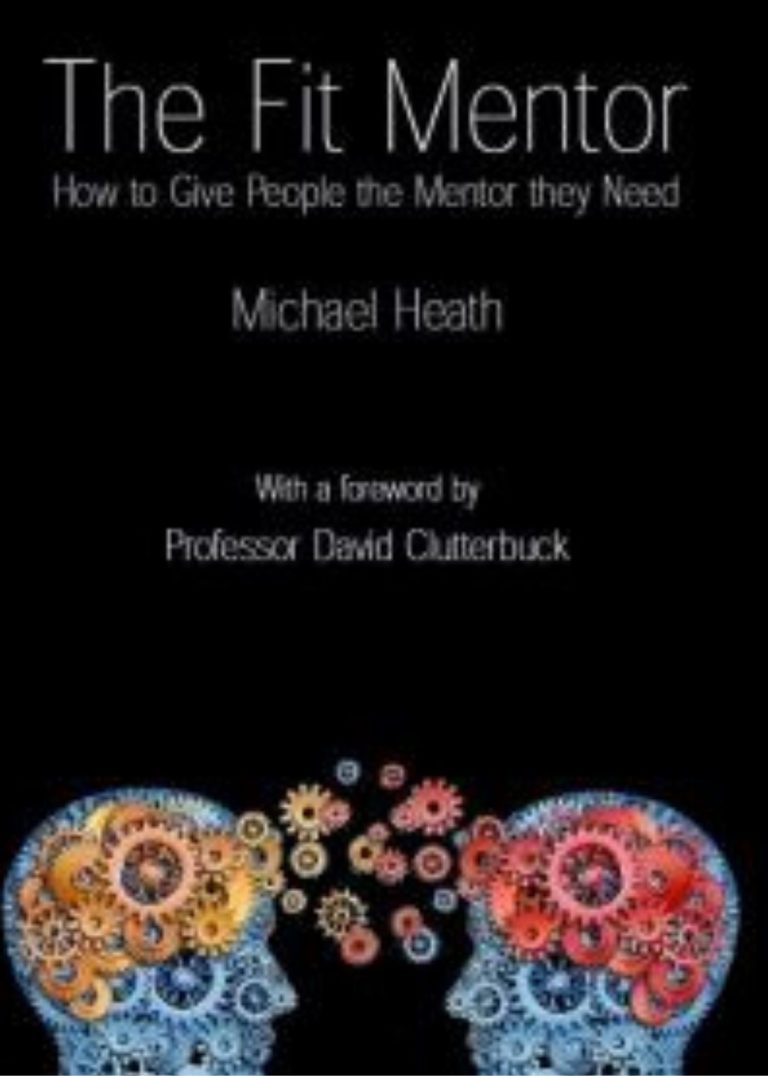I’m going to nail my colours firmly to the mast here: I do believe that men actually walked on the moon! I know that there are many who contend that the moon landings never actually took place and it was almost entirely a hoax staged by NASA.
But why aim for the moon to prove that we are being duped by a myth? Down here on planet earth, there are many theories that are regularly expounded as de facto scientific theories which, on closer inspection, are nothing of the sort.
Muddling with Mehrabian
Let’s start with the most common that is trundled out by coaches and trainers, which is Albert Mehrabian’s Communication Research, often quoted as:
· 7% of meaning in the words that are spoken
· 38% of meaning is paralinguistic (the way that the words are said)
· 55% of meaning is in the facial expression
As Mehrabian himself pointed out, “Please note that this and other equations regarding relative importance of verbal and nonverbal messages were derived from experiments dealing with communications of feelings and attitudes (i.e. like-dislike). Unless a communicator is talking about their feelings or attitudes, these equations are not applicable.”
In short, what is often quoted is an over-simplified interpretation of the work he carried out. He never intended the work to be applied so feely to communication and understanding.
Left, Right or No Brain Thinking
So often people state that the left-hand side of the brain deals with logic and analytical thinking; the right side, they insist, is responsible for expressive and creative tasks. But what we have again is a ridiculously simplified distillation of the work that goes back to research carried out in the early 1980s by people such as Roger W. Sperry.
More recent research shows that the brain is nowhere near as dichotomous as we thought. But time and again people refer to it, citing individuals as either ‘Right or Left-brain thinkers’. Experts disagree. They prefer to say that all we know is:
· The left half controls the body’s right side
· The right half controls the body’s left side
· In most people, the language area is chiefly on the left.
Hardly the same thing, is it?
Proportions that are all out of proportion
Another oft-quoted piece of learning theory is the 70:20:10 ratios. Many organisations even arrange their training strategies around this famous ratio, supposedly pointing out that:
· 70% of learning comes from on-the-job experiences
· 20% comes from people (particularly a role model or manager)
· 10% comes from formal courses and reading
But again, the origin of this ‘proven research’ is open to question. Some ‘name-check’ the work of Morgan McCall, Robert Eichinger and Michael Lombardo, who proposed that leaders develop best through means other than formal training. Others say that it is rooted in the earlier work done by Allen Tough and published in his 1968 book ‘Why Adults Learn: A Study of the Major Reasons for Beginning and Continuing a Learning Project’.
But this wasn’t what Tough actually said. He argued that the majority of adult learning (about 70%) takes place outside institutional frameworks, while 20% is supported by those who are not professional helpers, such as supervisors, colleagues, parents and friends. Professional helpers, such as teachers, trainers and counsellors, account for only 10%.
This is not the same thing as the ratios I quoted earlier, but this hasn’t deterred the 70:20:10 brigade from rolling it out whenever ‘on-the-job’ and ‘off-the-job’ training is discussed.
Check Your Sources
As managers, coaches and/or trainers, it’s often important to bring in research and science to add credibility to what we communicate. But a little background checking of the facts is often a judicious thing to do first, or you may find that myths such as these might prove to be your Achilles Heel.







